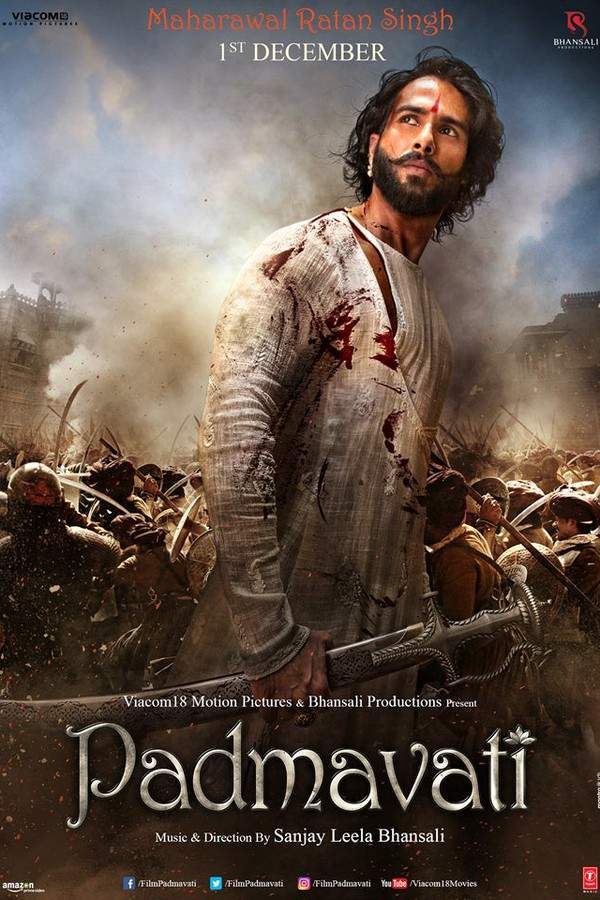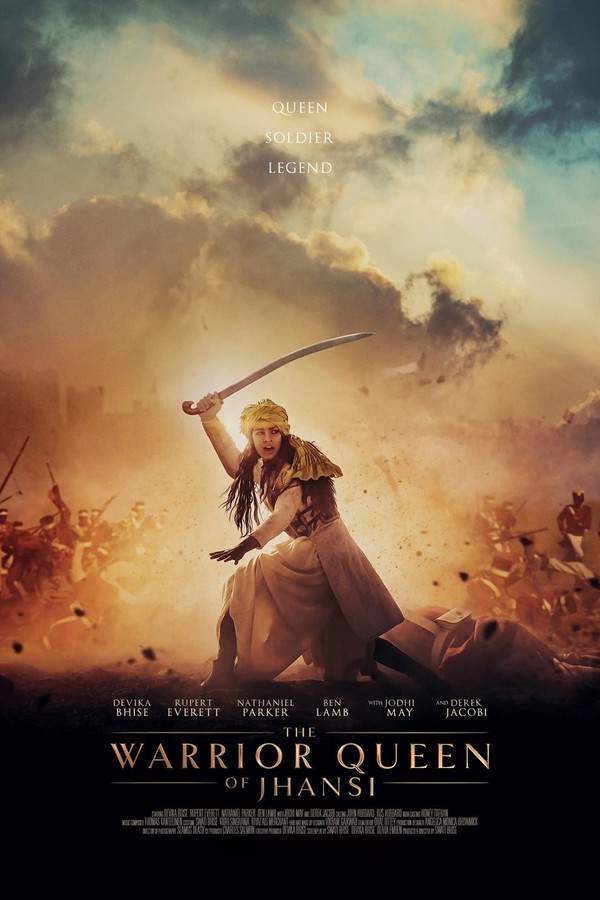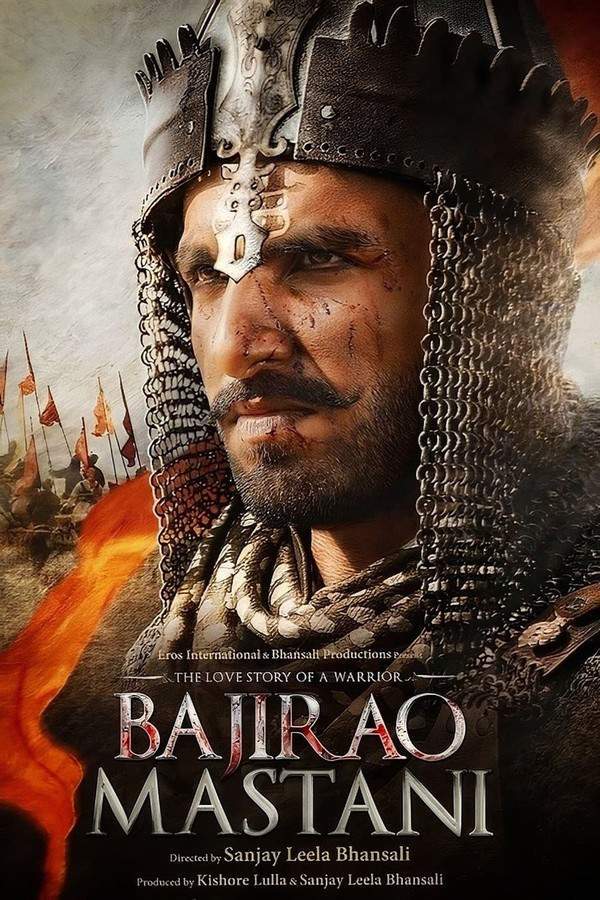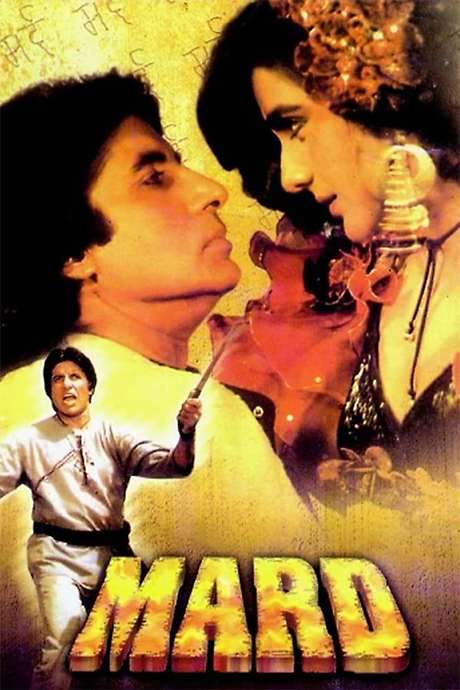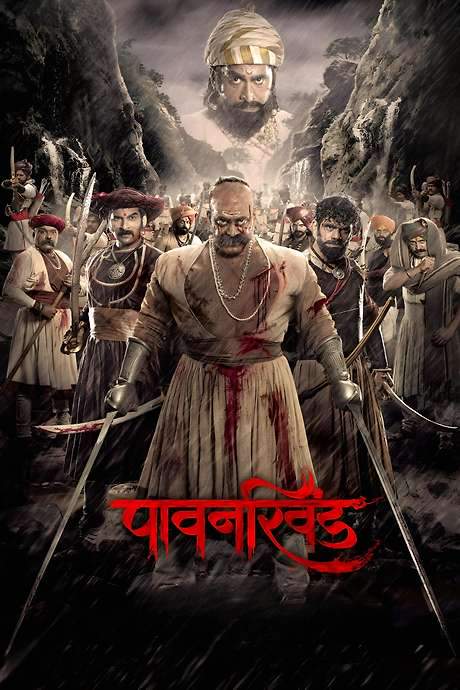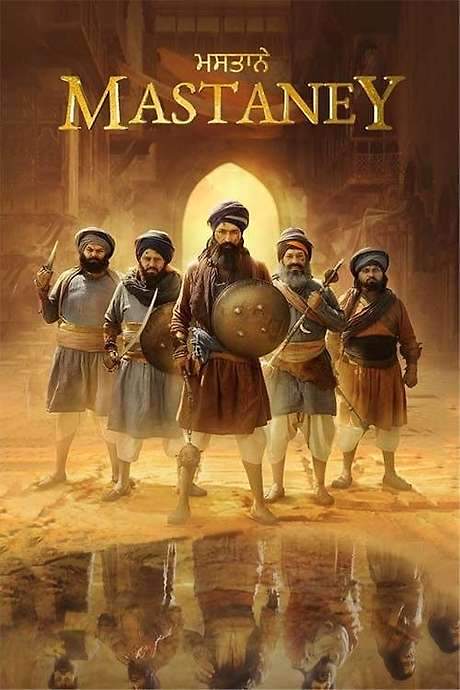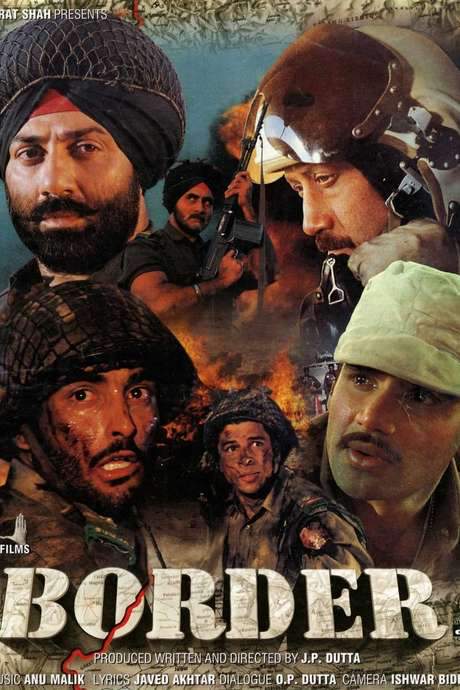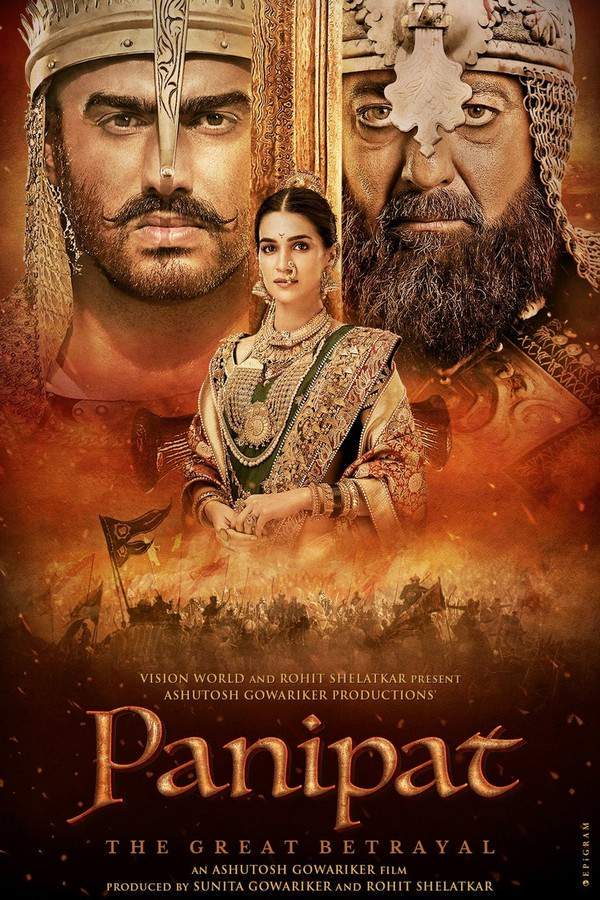
Panipat
In 1761, as the Maratha Empire faces a crisis, Sadashiv Rao Bhau assembles his forces to confront the invading Afghan army under the command of Ahmad Shah Abdali. The ensuing battle of Panipat becomes a pivotal moment in Indian history, testing the strength and resilience of the Maratha warriors against a powerful and determined enemy.
Warning: spoilers below!
Haven’t seen Panipat yet? This summary contains major spoilers. Bookmark the page, watch the movie, and come back for the full breakdown. If you're ready, scroll on and relive the story!
Panipat (2019) – Full Plot Summary & Ending Explained
Read the complete plot breakdown of Panipat (2019), including all key story events, major twists, and the ending explained in detail. Discover what really happened—and what it all means.
In the mid-18th century, particularly in 1758, the Maratha Empire was at its zenith, having grasped control over nearly all of India—save for the Nizam of Hyderabad in the southeast. The Maratha forces, commanded by Sadashiv Rao Bhau, lay siege to the Nizam’s fort in Udgiri, where the valiant defender, Ibrahim Khan Gardi portrayed by Nawab Shah, stands ready to deter them. Through a combination of clever tactics and remarkable bravery, Sadashiv manages to outsmart Ibrahim and secures the fort, bringing it under Maratha rule. Instead of vanquishing his opponent, Sadashiv opts for a strategic alliance, welcoming Ibrahim into the Maratha ranks as a commander, alongside his second-in-command, Shamsher Bahadur.
Upon returning to Pune, Sadashiv is met with the approval of many, yet he faces personal dilemmas concerning his romantic relationship with Parvati Bai, whom he hesitates to marry. Meanwhile, Gopika Bai, played by Padmini Kolhapure and the wife of the Peshwa, expresses her discontent regarding Sadashiv’s decision to appoint a Muslim commander without the Peshwa’s consent, voicing her concerns about the potential threats to the Peshwa’s power.
After succumbing to the pressure from friends, Sadashiv marries Parvati. Gopika’s influence leads the Peshwa to strip Sadashiv of his military command, relegating him to manage finances. In his new role, Sadashiv uncovers that Najib-Ud-Daula, portrayed by Mantra, is the principal tax evader. He instigates an edict for Mughal Emperor Alamgir, forcing regional kings to contribute 25% of their earnings to the Marathas as protection from adversaries, consequently undermining Najib’s influence.
Desperate to reclaim his standing, Najib seeks the aid of Afghan King Ahmad Shah Abdali, who unfolds plans to invade India to strengthen his dwindling empire against Persian threats. The situation escalates as the Mughals, misled into believing they remain under Maratha protection, face the looming threat of Abdali’s advancing forces.
As conflict brews, the Peshwa and Sadashiv decide to dispatch troops to safeguard Delhi. However, they soon realize their forces are outnumbered. In a bold move, Sadashiv asserts that he can rally additional allies along their route, including Malhar Rao Holkar and Shuja-Ud-Daula. Dramatically, opponents unfold, with Abdali’s coalition growing as Najib entices Shuja to align with him against the Maratha cause.
Ultimately, the Maratha forces face critical hardships as they attempt to cross the raging Yamuna River, which hinders their logistical support. In a show of determination, Parvati approaches Sakina Begum for aid, embarking on a mission to secure provisions for their advance. The Maratha troops manage to reach Delhi just ahead of Abdali, capturing it with the assistance of emerging allies.
However, tensions remain high. Sadashiv seeks to position a Mughal ruler under the Peshwa’s influence to maintain control over Delhi, leading to strategic negotiations with local leaders. Unforeseen challenges arise as Abdali’s army prepares for battle. As both armies brace for the clash on 14th January 1761, Sadashiv orchestrates a tactical layout, but the battle spirals into turmoil when Abdali strikes with alarming ferocity, resulting in Sadashiv’s devastating loss of Vishwas Rao, further shattering his morale.
In a tragic turn, betrayal unfolds as an Indian king withdraws support in the heat of battle, leaving Sadashiv vulnerable against the relentless Afghan forces. He fights valiantly but ultimately succumbs. Despite the loss, Abdali offers respect toward Sadashiv’s bravery and valor, acknowledging the strength and courage of the Maratha army in his letters back to the Peshwa. The legacy of this conflict would resonate through time, marking a significant chapter in Indian history.
Last Updated: October 25, 2024 at 09:40
Explore Movie Threads
Discover curated groups of movies connected by mood, themes, and story style. Browse collections built around emotion, atmosphere, and narrative focus to easily find films that match what you feel like watching right now.
Epic Tragic War Stories like Panipat
Sweeping historical battles that build to a devastating, heroic defeat.If you were moved by the grand scale and tragic heroism of Panipat, explore other movies like it. This collection features epic historical dramas with heavy emotional weight, steady pacing leading to pivotal battles, and stories of leadership and sacrifice that end in a somber, respectful tone.
Narrative Summary
Stories in this thread typically follow a military or political leader preparing for a monumental confrontation. The plot involves gathering forces, navigating political alliances and betrayals, and detailed strategic planning, all building tension toward an inevitable, large-scale clash that results in a significant, historically resonant defeat, yet frames the loss as an act of profound courage.
Why These Movies?
These films are grouped by their shared structure of a steady march toward a devastating historical battle, their high intensity and tense tone, and their heavy emotional focus on leadership, sacrifice, and the tragic dimensions of war. They provide a similar viewing experience of epic scope combined with a somber, respectful conclusion.
Movies with a Tense Political March to War like Panipat
Stories where political maneuvering and alliance-building create unbearable tension before a major conflict.For viewers who appreciated the political intrigue and strategic build-up in Panipat, this section finds similar movies. These films focus on the tense period before war, filled with alliances, rivalries, and leadership challenges, creating a steady, anxious pacing that makes the eventual conflict feel both inevitable and devastating.
Narrative Summary
The narrative pattern involves an empire or nation facing an existential threat, forcing leaders to engage in complex diplomacy, manage internal betrayals, and assemble a fragile coalition. The story is a slow burn of rising political and military tension, where every strategic decision carries immense weight, leading irrevocably toward a climactic and costly war.
Why These Movies?
These movies share a specific mix of high-stakes political drama with the impending threat of large-scale war. They are connected by a consistently tense tone, steady pacing that builds anxiety, and a moderate complexity involving multiple factions and strategic decisions, all centered on the devastating consequences of political and military failure.
Unlock the Full Story of Panipat
Don't stop at just watching — explore Panipat in full detail. From the complete plot summary and scene-by-scene timeline to character breakdowns, thematic analysis, and a deep dive into the ending — every page helps you truly understand what Panipat is all about. Plus, discover what's next after the movie.
Panipat Timeline
Track the full timeline of Panipat with every major event arranged chronologically. Perfect for decoding non-linear storytelling, flashbacks, or parallel narratives with a clear scene-by-scene breakdown.

Characters, Settings & Themes in Panipat
Discover the characters, locations, and core themes that shape Panipat. Get insights into symbolic elements, setting significance, and deeper narrative meaning — ideal for thematic analysis and movie breakdowns.

Panipat Spoiler-Free Summary
Get a quick, spoiler-free overview of Panipat that covers the main plot points and key details without revealing any major twists or spoilers. Perfect for those who want to know what to expect before diving in.

More About Panipat
Visit What's After the Movie to explore more about Panipat: box office results, cast and crew info, production details, post-credit scenes, and external links — all in one place for movie fans and researchers.

Similar Movies to Panipat
Discover movies like Panipat that share similar genres, themes, and storytelling elements. Whether you’re drawn to the atmosphere, character arcs, or plot structure, these curated recommendations will help you explore more films you’ll love.
Explore More About Movie Panipat
Panipat (2019) Scene-by-Scene Movie Timeline
Panipat (2019) Movie Characters, Themes & Settings
Panipat (2019) Spoiler-Free Summary & Key Flow
Movies Like Panipat – Similar Titles You’ll Enjoy
Padmaavat (2018) Complete Plot Breakdown
The Warrior Queen of Jhansi (2019) Detailed Story Recap
Bajirao Mastani (2015) Story Summary & Characters
Paltan (2018) Spoiler-Packed Plot Recap
Laal Kaptaan (2019) Detailed Story Recap
Mangal Pandey - The Rising (2005) Complete Plot Breakdown
Mard (1985) Ending Explained & Film Insights
Tanhaji: The Unsung Warrior (2020) Ending Explained & Film Insights
Pawankhind (2022) Plot Summary & Ending Explained
Sher Shivraj (2022) Full Movie Breakdown
Sarsenapati Hambirrao (2022) Movie Recap & Themes
Mastaney (2023) Spoiler-Packed Plot Recap
Border (1997) Film Overview & Timeline
Chhaava (2025) Full Movie Breakdown
Pippa (2023) Movie Recap & Themes





























